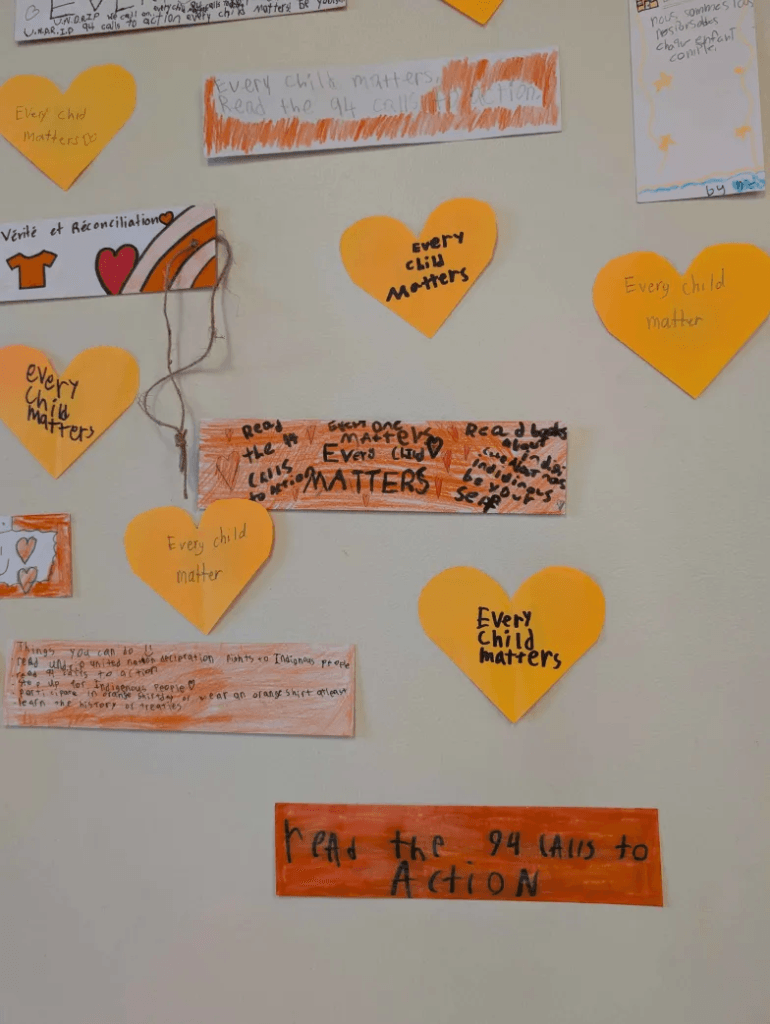September 30 marked National Day for Truth and Reconcilation. The federal statutory holiday was established in 2021 in response to one of the Truth and Reconciliation Commission's 94 calls to action. Ten years after the Commission released its findings, Indigenous advocates say the government has failed to address many of the TRC's more substantial calls to action.
In Brantford, at the site of the former Mohawk Institute, the day marked the unveiling of an interpreted historic site. The Mohawk Institute was Canada's longest-running residential school, operating from 1828 to 1970.
After years of fundraising through the “Save the Evidence” campaign, the Woodland Cultural Centre will be offering tours to the public. The site will host a permanent exhibit for people to learn about the history of residential schools and the abuse that took place there.
The Guelph Indigenous Community Council (GICC) hosted an after-school event. Stories from the nearby Mohawk Institute were displayed for people to read survivors' direct accounts. People shared medicine at the sacred fire, and families gathered to make banners and crafts and interact with displays of animal pelts and live birds of prey.

The North Star spoke with Nate Thomas from GICC at the event. “We tried to get people to come out, let people know about the atrocities that were done to my people, and let people know we are still here,” he explained.
Since this Truth and Reconciliation Commission concluded its work in 2015, hundreds of suspected graves have been identified with ground-penetrating radar on the grounds of residential schools across the country. These findings sparked mass protests and widespread support for the Every Child Matters movement.
The Indigenous Watchdog initiative has been tracking government action on the TRC and found that almost half of these calls to action for reconciliation are not being implemented, with 40% of the calls either not started or stalled as of September 2025.
Thomas told The North Star that “The government doesn't have to do much to get away with it. They just put it to the side, and everyone shifts past it, which is what happens to my people quite often. It needs to be focused on way more to have any kind of effect”.

Many of the TRC's calls to action have not only been ignored, but some trends of inequality have continued to worsen.
For example, call to action no. 30 asks governments to "Commit to eliminate over-representation of Aboriginal people in custody." Since 2023, the overall rate of Indigenous people in custody has increased from 24% to 32%, and 50% of women in custody in Canada are Indigenous.
Health gaps continue to worsen, with no plan in place to respond to call no. 19 to create measureable goals to eliminate health gaps. Call no. 78 asked for $10M in federal funding for community based research and programsm, which has still not been been put in place.
Prime Minister Carney appeared at the September 30 event on Parliament Hill. Many survivors of residential schools were also in attendance outside the federal buildings sharing their stories. Carney notably did not mention the calls to action in his speech.


